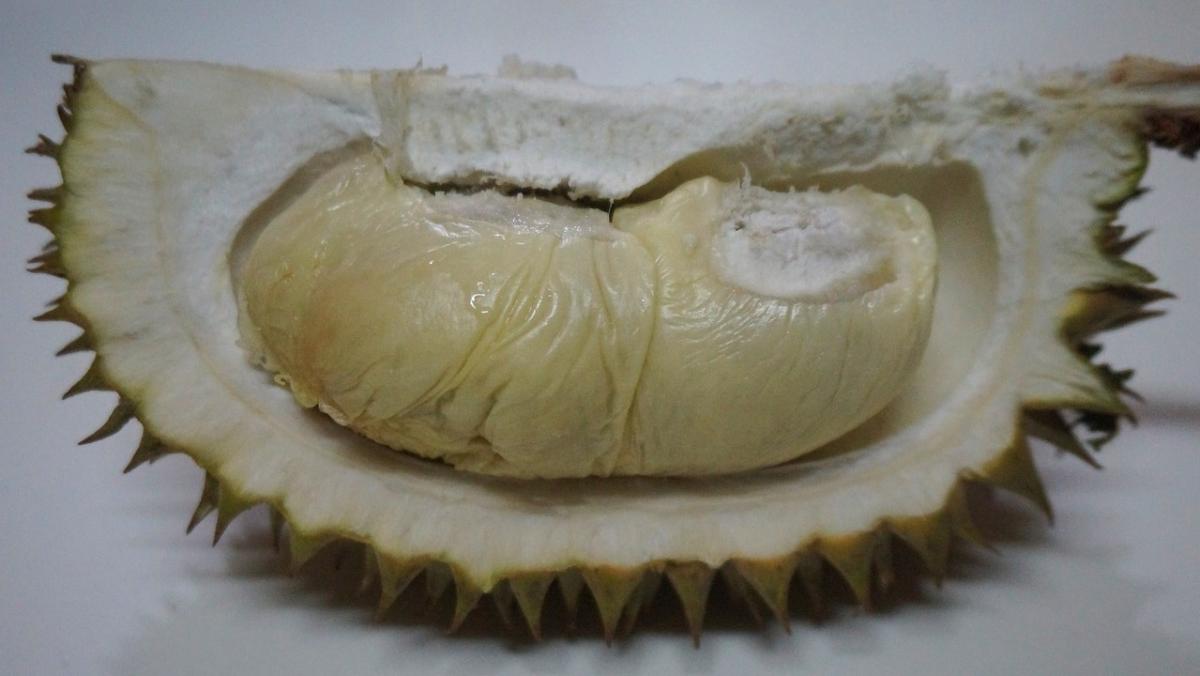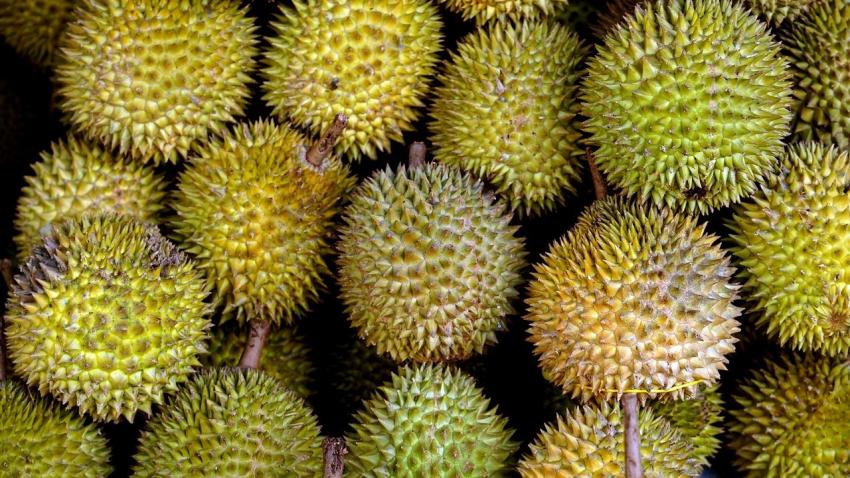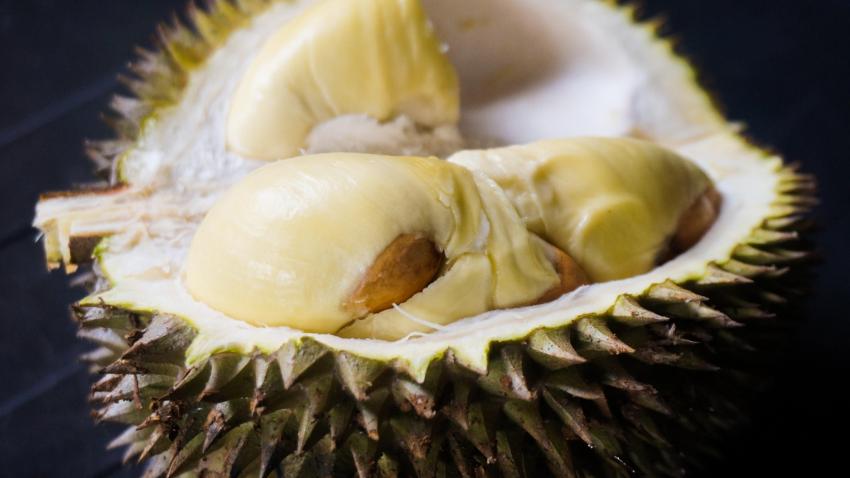You are here
Back to topCambodian Durian Sector Exploring Export Opportunities to China

Recently, the Samlot Durian Cluster, a durian association based in Cambodia’s Battambang province, held a meeting with several investors to discuss export opportunities to China, even though Cambodian durians have not yet secured access to this lucrative market.
Samlot, a district of Battambang province, was once a war-torn area with landmines scattered throughout. However, it has since been developed into a famous tourist destination and an agricultural production base known for its large-scale cultivation of longans, rambutans, avocados, mangosteens, durians, cassavas and peppers. Durian production in the district has a relatively short history, with only four family-owned durian orchards in 2000. The Samlot Durian Cluster was established in 2019 by the Battambang Provincial Department of Agriculture with the goal of simplifying production management and ensuring fruit quality.
Nay Chorn, the association’s president, expressed some concerns about exporting durians to China, despite having met with numerous foreign companies interested in importing durians from the district. The association has also engaged in multiple discussions with the Battambang Provincial Department of Agriculture regarding durian exports to China. Chorn mentioned that Chinese companies were previously only interested in knowing the annual supply volume, but now they require more detailed data. The association is worried that if they sign contracts but fail to meet the stipulated requirements, it could lead to complications.
In mid-2022, the Battambang Provincial Department of Agriculture led a team of Chinese and Thai traders on a tour of durian orchards belonging to the Samlot Durian Cluster. At that time, the Chinese traders were reportedly quite impressed by the taste and quality of the local durians, and they even expressed great interest in importing frozen durians from Samlot via Thailand.
The Samlot Durian Cluster currently consists of nearly 20 members, all of which are small family farms with annual production volumes ranging from 300 to 400 metric tons each. According to Chorn, Samlot durians feature good quality and excellent taste and are certified by the Cambodian Ministry of Agriculture. However, he also admitted that there are significant challenges in increasing the supply volume and meeting phytosanitary requirements.
Heng Sithy, an official from the Battambang Provincial Department of Agriculture, said that while the Cambodian Ministry of Agriculture and its affiliated departments are responsible for finding markets and potential buyers for farmers, export negotiations depend on the cluster and investors.
In Battambang province, durians are only cultivated in Samlot, with a total plantation area of 546 hectares. Of this total land area, 76% is now harvestable, with an average yield of 12 metric tons per hectare and an annual output exceeding 5,000 metric tons. Farm gate prices of local durians range from 22.0 to 25.5 Chinese yuan ($3.14–3.64) per kilogram, depending on specification and variety. The highest-priced cultivar is Monthong (also known as “golden pillow”), which hits the market in late June.
The Cambodian Ministry of Agriculture has stated that the country currently has no overseas markets for its durians. Meanwhile, the production volume of Cambodian durians is still limited.
Image: Pixabay
This article was translated from Chinese. Read the original article.















Add new comment